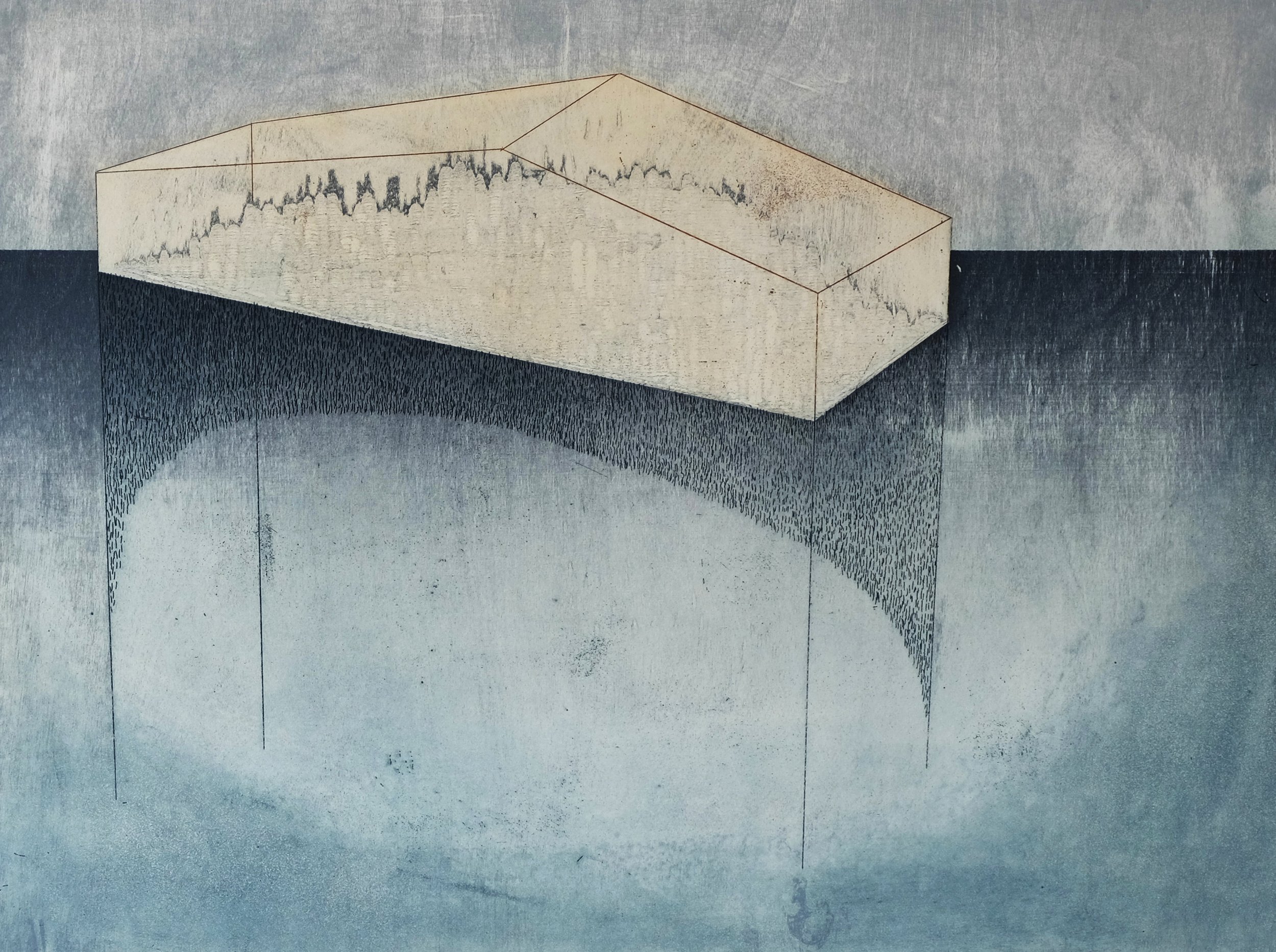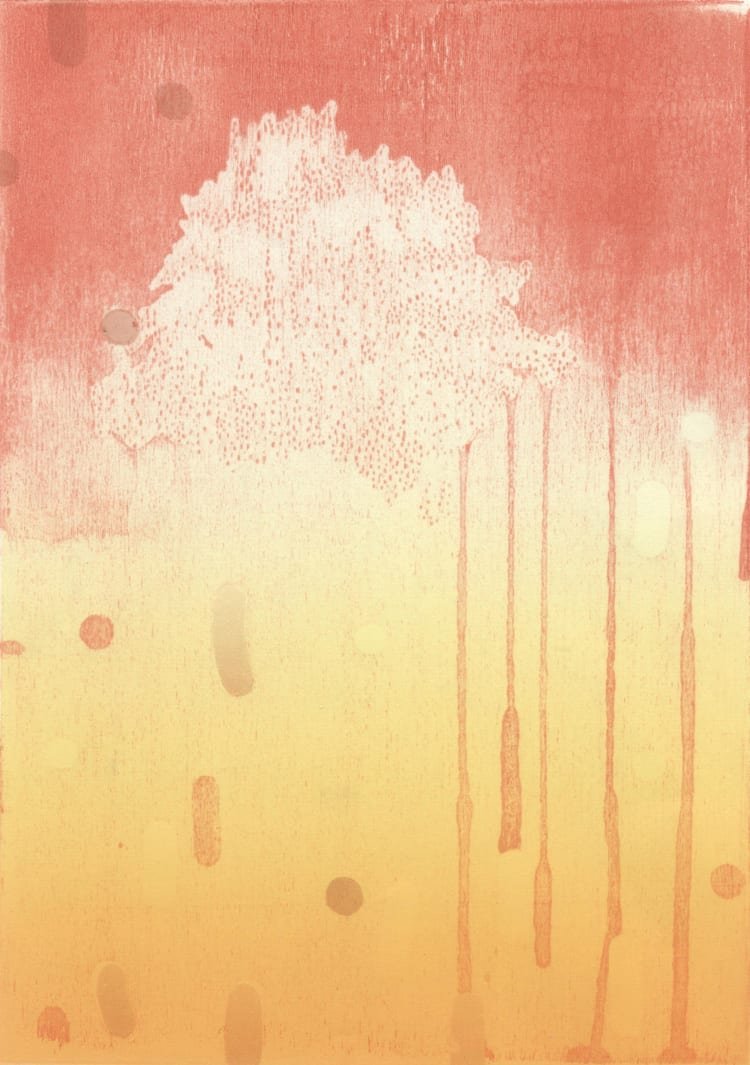
Lithograph
Lithograph, taken from the Greek word lithos (stone) and graphe (writing) works on the principle that water and grease repel each other. The artist draws directly on a flat stone or specially prepared metal plate with a greasy substance such as a crayon. The stone is dampened and then inked. The ink clings to greasy marks when the paper is pressed against it whilst the areas of wet stone are left bare.
Characteristics of a Lithograph
Often the brush marks and texture is comparable to drawing and painting
A wide range of colours can be used
Delicate, overlapping colours – the whiteness of the paper reflects through the thin layers of colour
Litho drawing ink can produce the same fluidity of movement on the plate that it would on paper
Litho ink also comes in hard and soft crayons which gives pencil and pastel-like lines
Rarely a plate mark as paper often smaller than the plate

